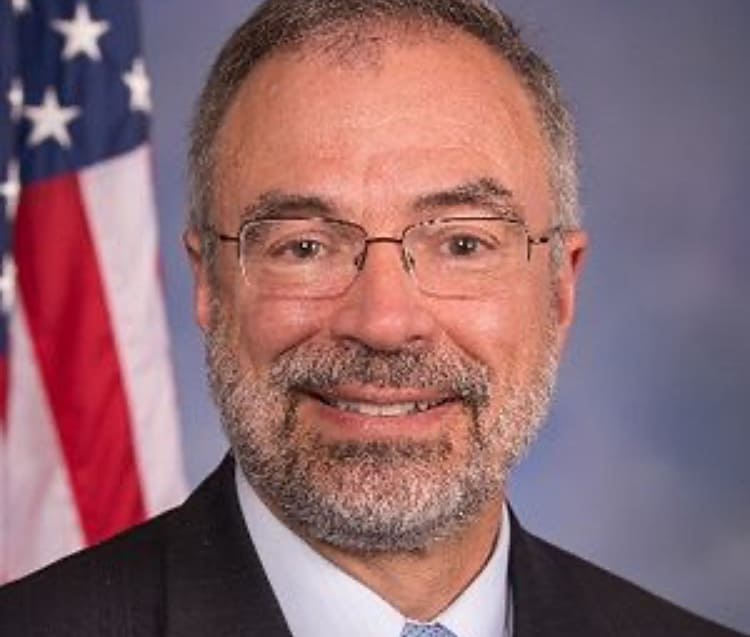
Partisan lean is the average margin difference between how a state or district votes and how the country votes overall. Republicans who voted against Kevin McCarthy for speaker, their district partisan leans and their DW-NOMINATE ranks Representative The 20 Republicans who voted against Kevin McCarthy 2 (The first dimension of DW-NOMINATE quantifies how liberal or conservative a politician is and the second dimension corresponds to how closely aligned they are to the party establishment.) In other words, the faction that rebelled against McCarthy was ultraconservative and clearly uninterested in handing power to a man who has been part of House GOP leadership since 2009. The Republicans who voted against him were, on average, more conservative than 98 percent of the 117th Congress (if they served in it) and more anti-establishment than 93 percent, according to DW-NOMINATE, a political-science metric that uses roll-call votes to measure the ideology of members of Congress. Though the number was somewhat surprising, the roster of McCarthy’s opponents wasn’t. And then Rep.-elect 1 Byron Donalds joined them on the third ballot to make an even 20. But then, on the House floor on Tuesday, a whopping 19 Republicans voted against McCarthy on the first and second ballots.

Last month, we identified six Republicans who had publicly come out against McCarthy, so we had an inkling that this vote would be tight. Since the GOP’s majority in the new House is just 222 members compared with the Democrats’ 212, McCarthy could afford only four defections from within the Republican caucus (assuming all Democrats voted against him).

McCarthy needed a majority of the votes cast - in this case, 218. The 20 Republicans who opposed Kevin McCarthy’s bid for speaker of the House had something in common before Tuesday’s drama: They are very conservative and scorn the Republican Party establishment.Īs you probably know by now, the 118th Congress began on Tuesday, and the election for speaker of the House - usually a mere formality - failed to produce a first-ballot winner for the first time since 1923.


 0 kommentar(er)
0 kommentar(er)
